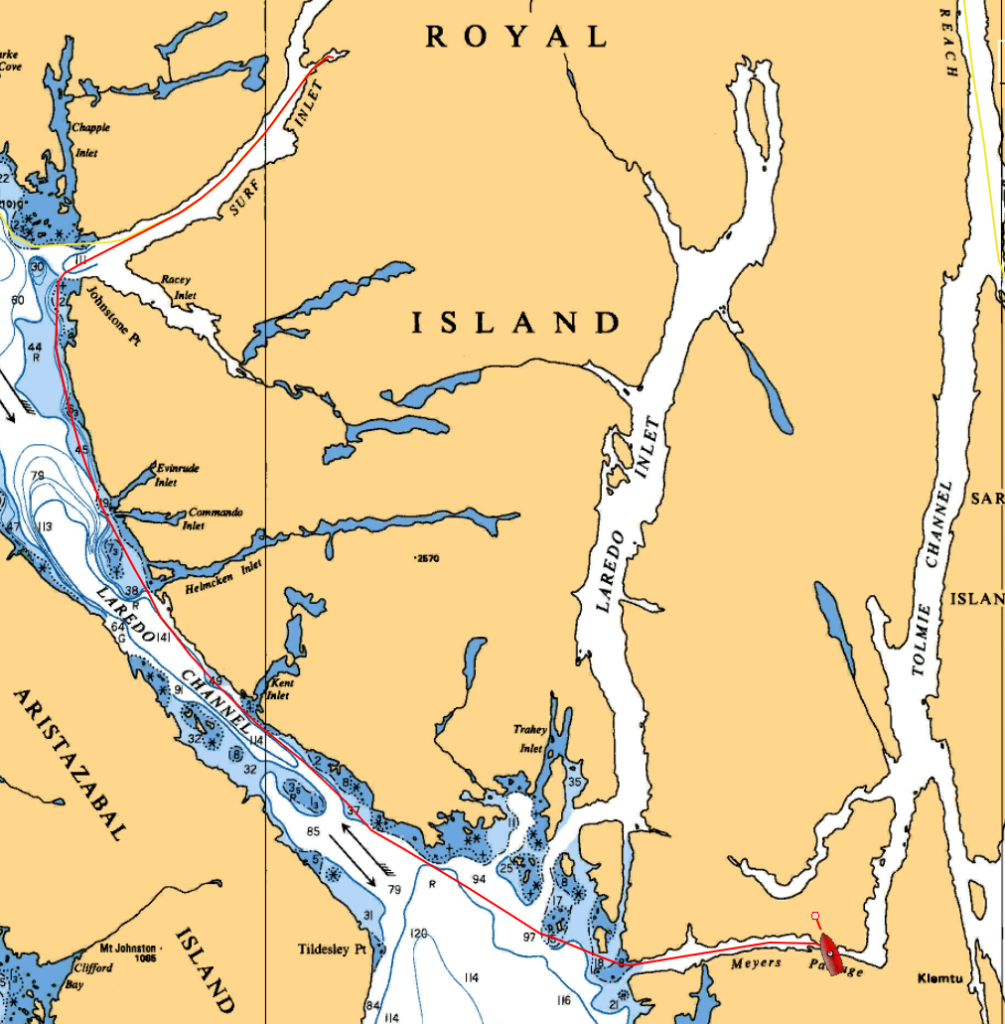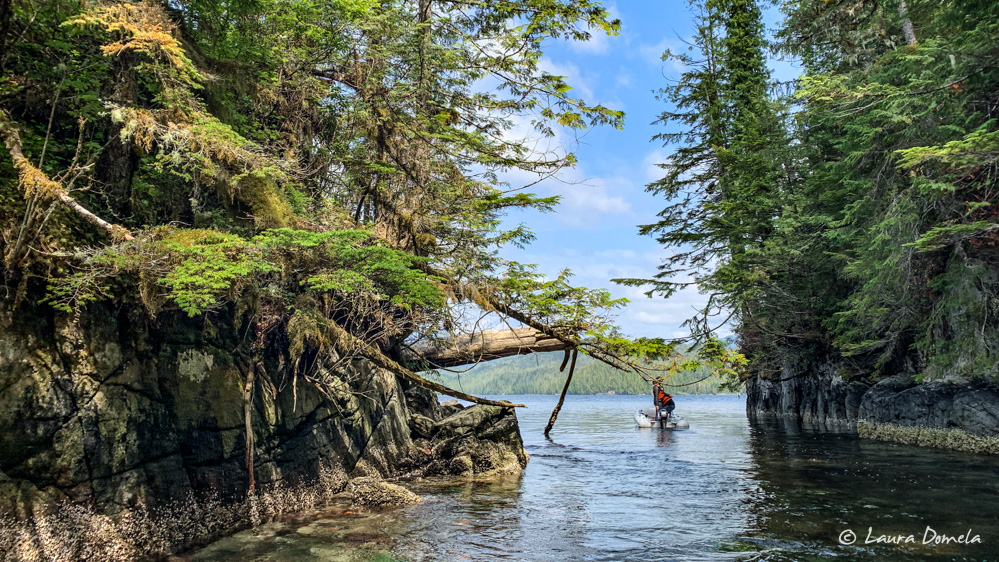We were a little concerned about the weather this morning. Environment Canada predicted 25-30 knot northwesterlies out on Hecate Strait, and we feared this wind might make things a little bumpy, particularly as we exited Surf Inlet and turned south into Laredo Channel. This corner is somewhat exposed to wind and seas that originate in Hecate Strait but wrap through Caamaño Sound. Worse, we’d be leaving on the ebb, which would speed us up but also run counter to the westerly/northwesterly weather. Thankfully, conditions were benign. A bit of swell, but little wind and no fog. And as we motored down Laredo Channel, the little swell we began with died entirely.
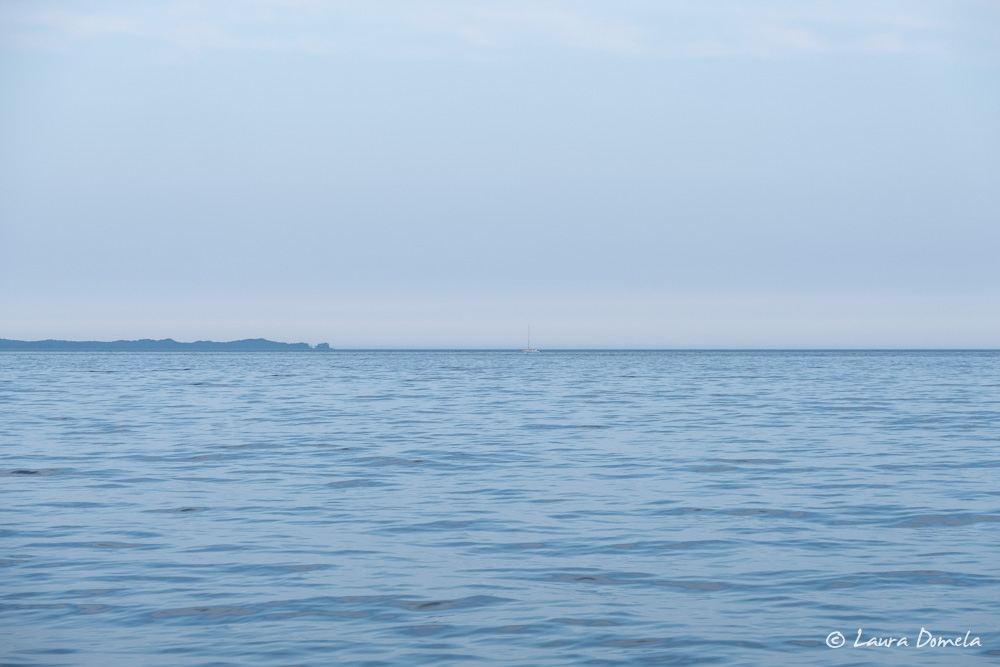
The rest of the run down to Meyers Passage was easy and uneventful. We were a bit apprehensive about anchoring at Meyers Narrows Cove, since it only has room for about three boats, but we figured we could raft or push on to a more spacious alternative if we arrived and there wasn’t enough room. When we showed up we were the only boats, so we dropped the anchors and set off exploring.
We’d seen a lake or lagoon, unnamed on the chart, about four miles west in Meyers Passage. It seemed like it would be an interesting place to explore by dinghy, so about three hours before high tide we set off. When we arrived, the entrance was impassable: a two to three foot waterfall, filled with rocks tree trunks on one side, and a similar waterfall with white water over rocks on the other.
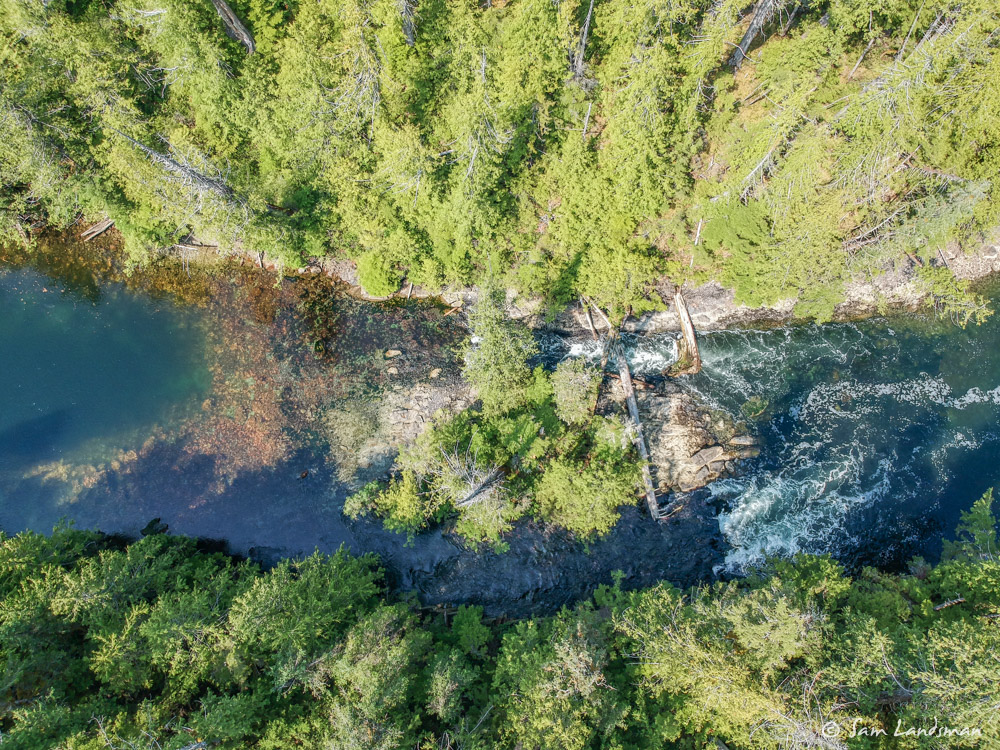
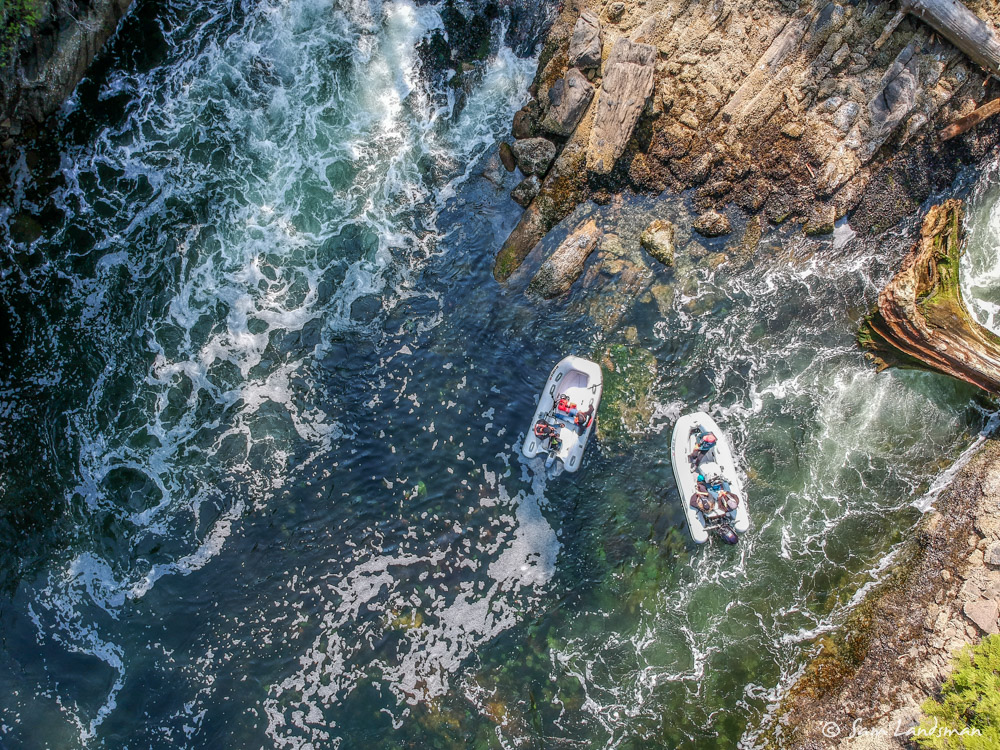
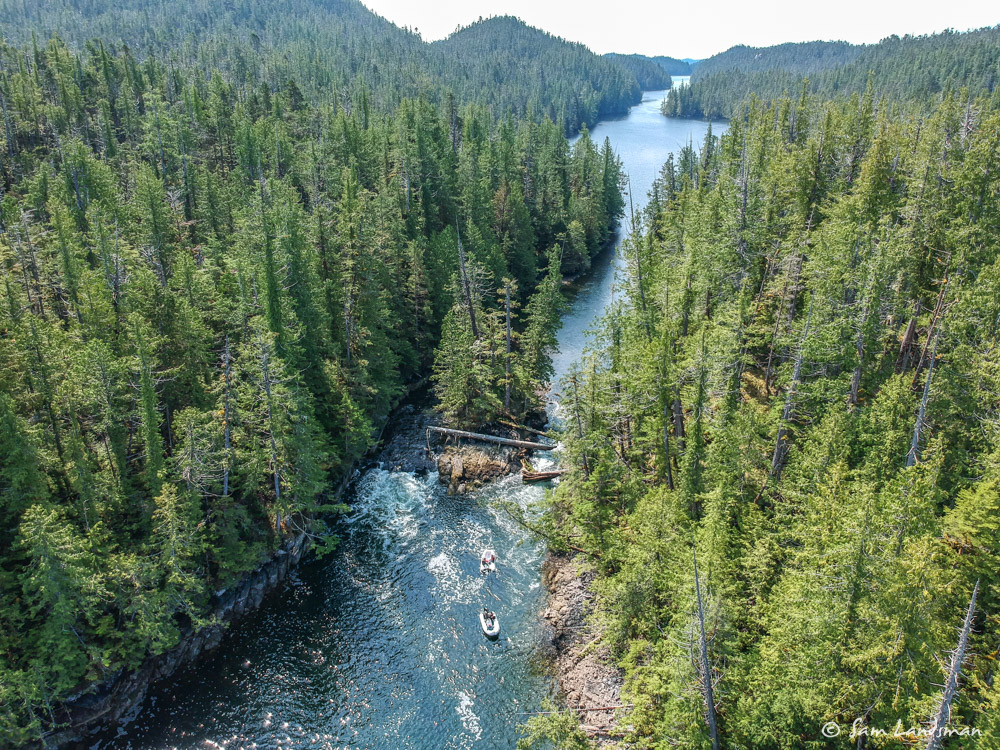
But the tide was rising fast, and as the water rose the current slowed enough for us to get closer, and eventually over the shallow entrance.
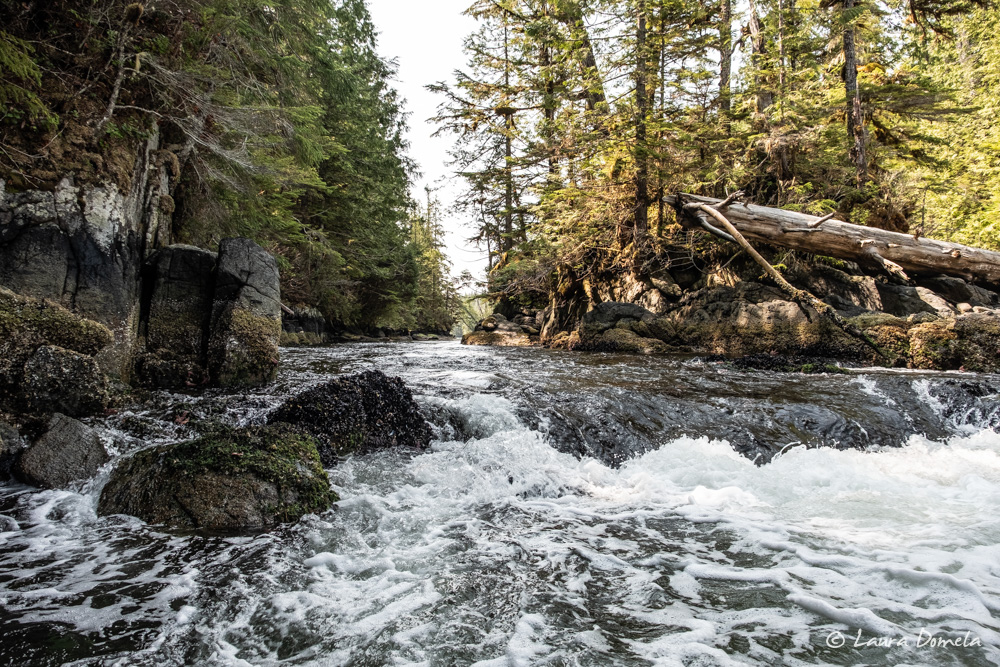
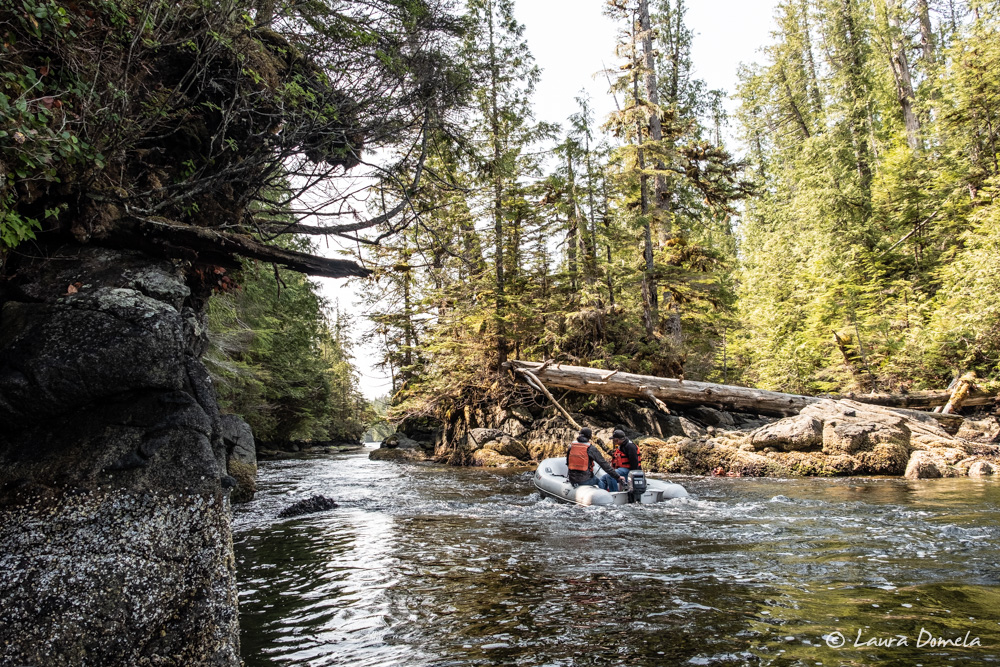
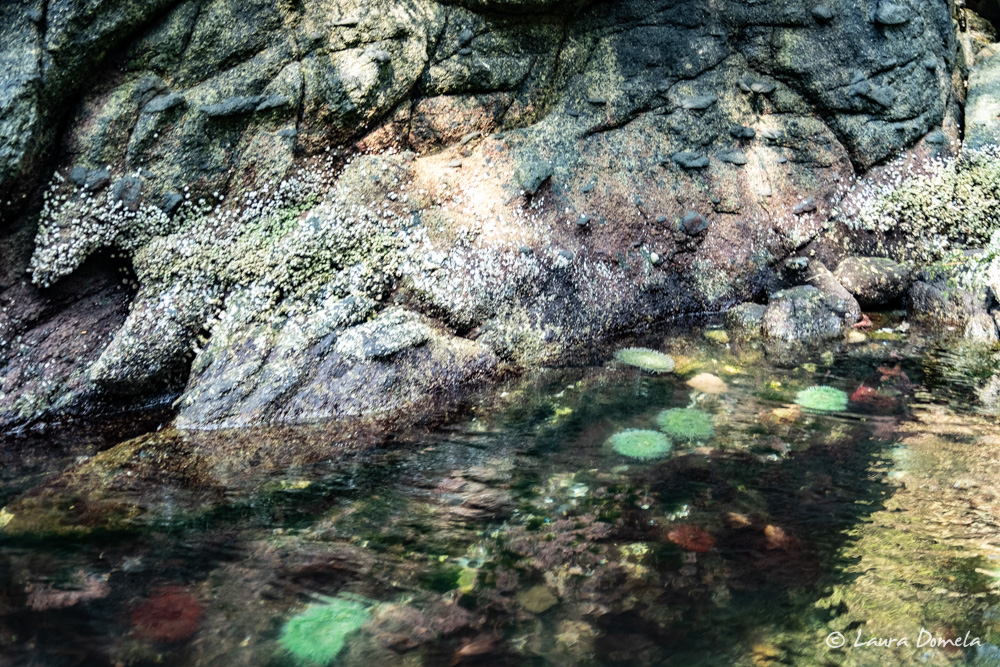
Inside, the water was salty, so we figured we must not be in a lake. We explored a bit, marveled at the tiny apparent tide change inside the rapids, and then headed out. The tide was still rising outside, and now the current was flooding in through the rapids, but slow enough that we motored against it easily.
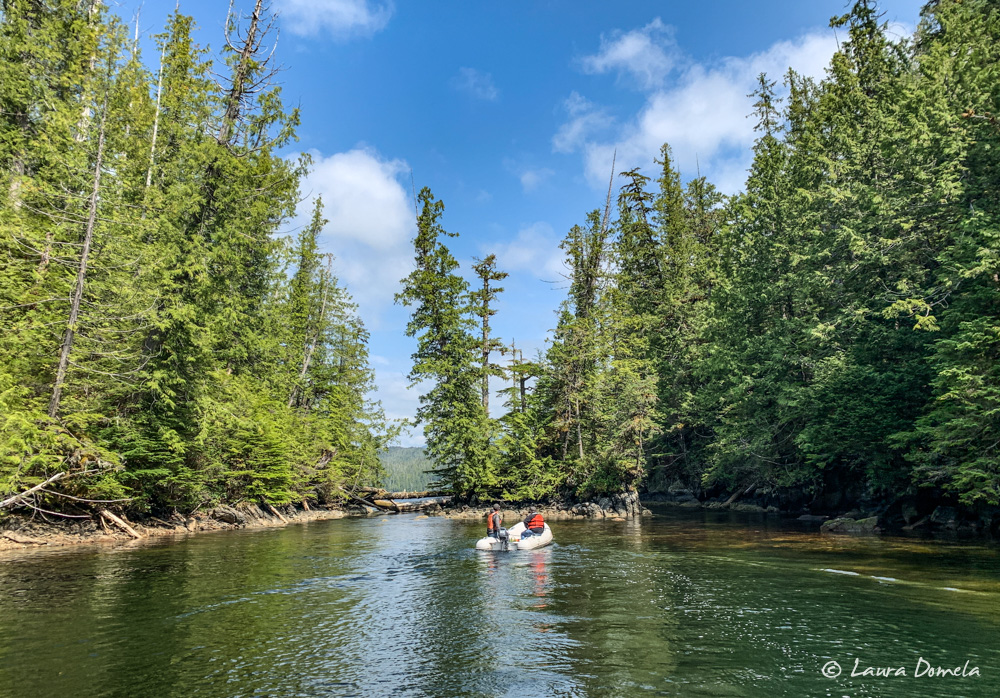
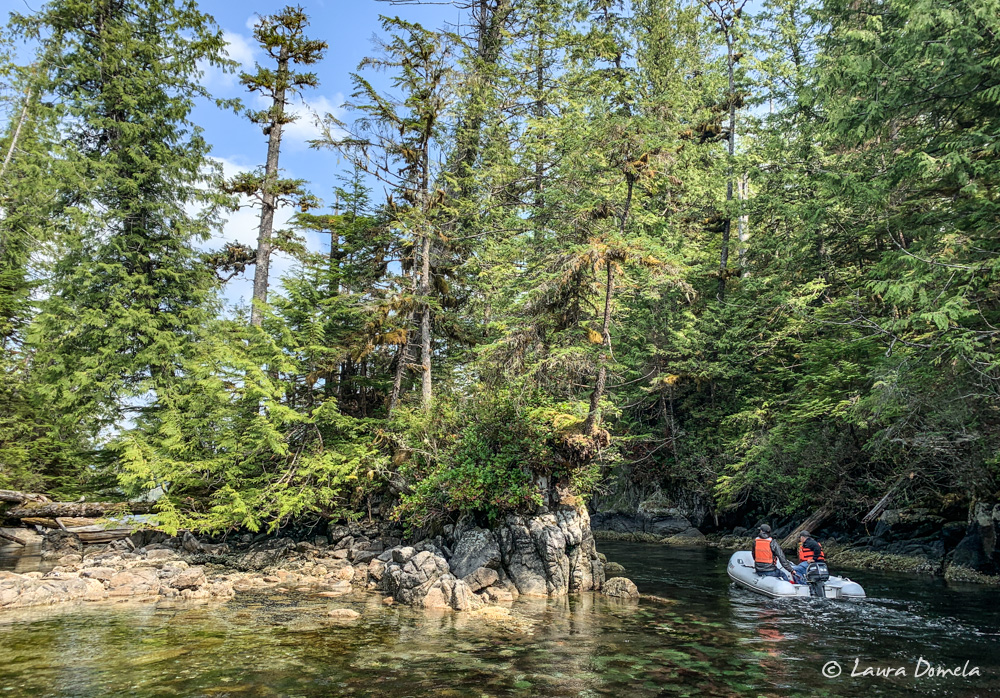
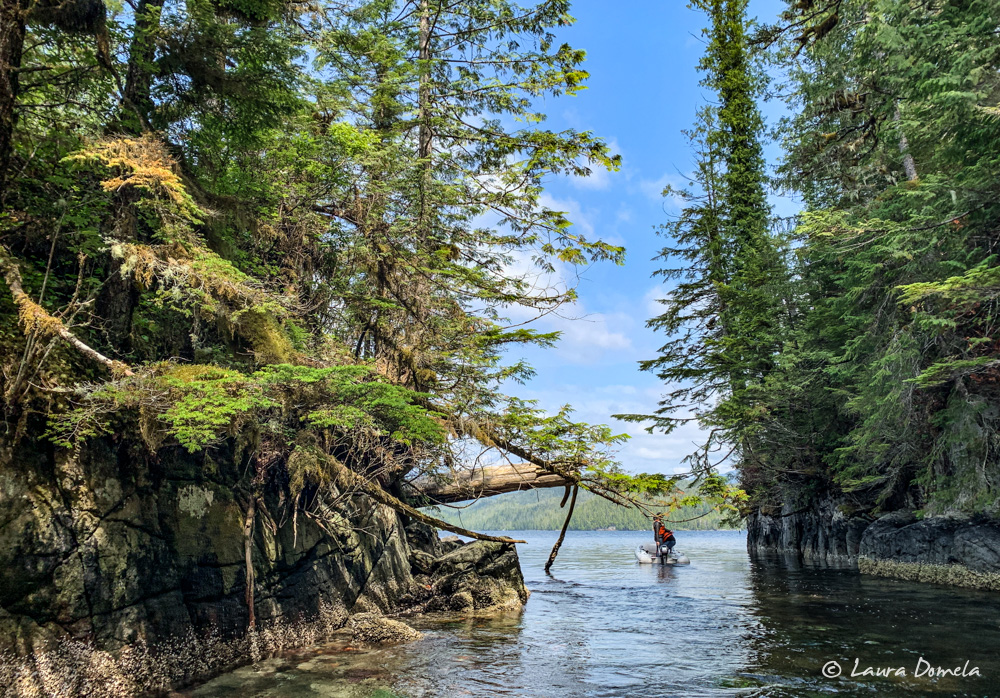
Back at the boats we relaxed and watched traffic as it made its way through Meyers Passage. It’s fun to watch boats pass and identify where we’ve seen them before. Amazingly, we’d seen most of the cruising boats somewhere in Alaska earlier in the summer.
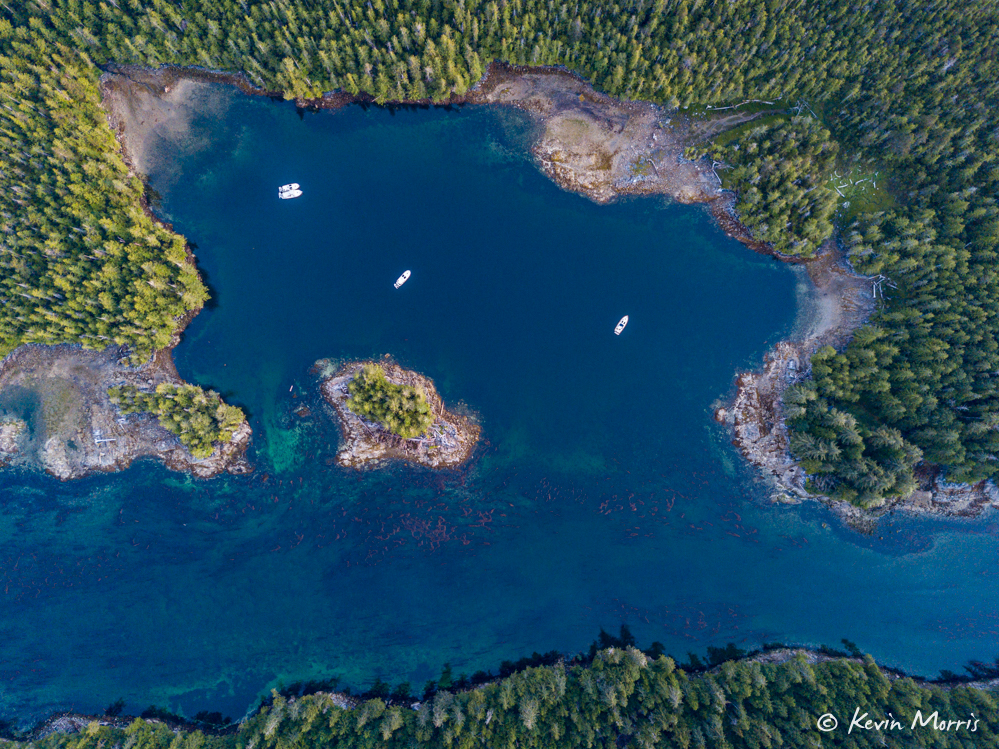
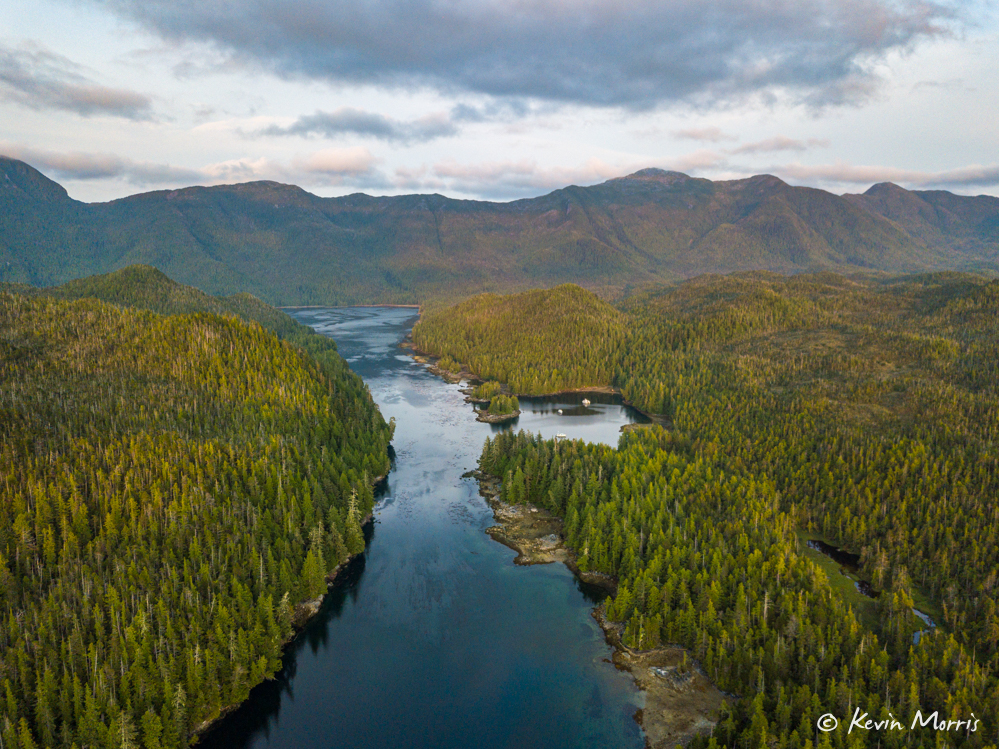
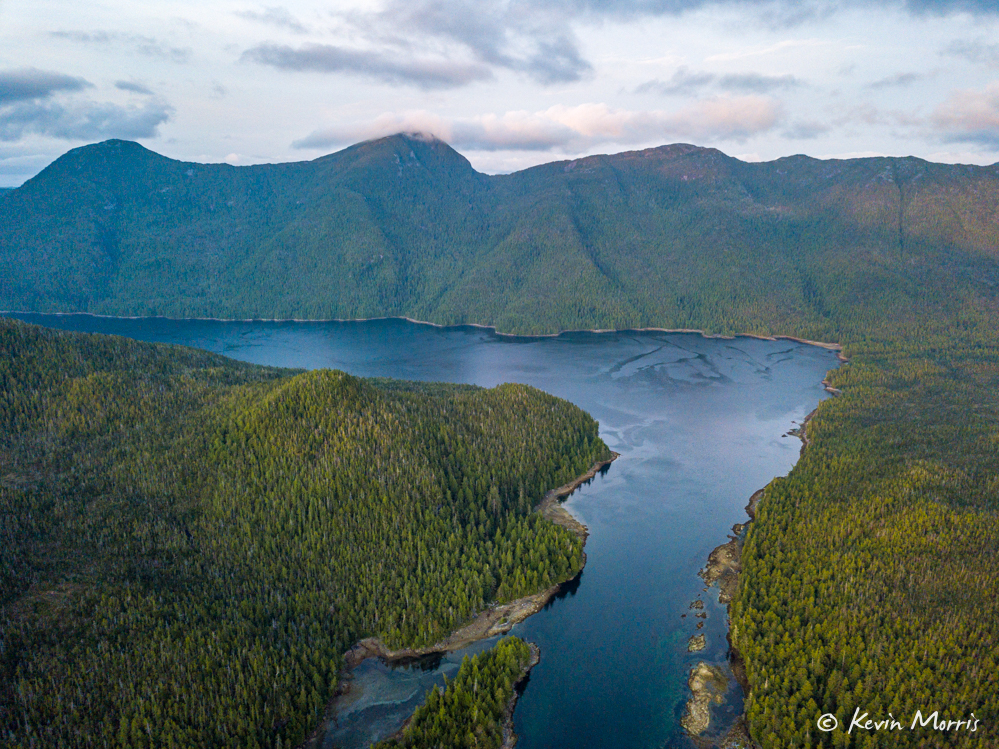
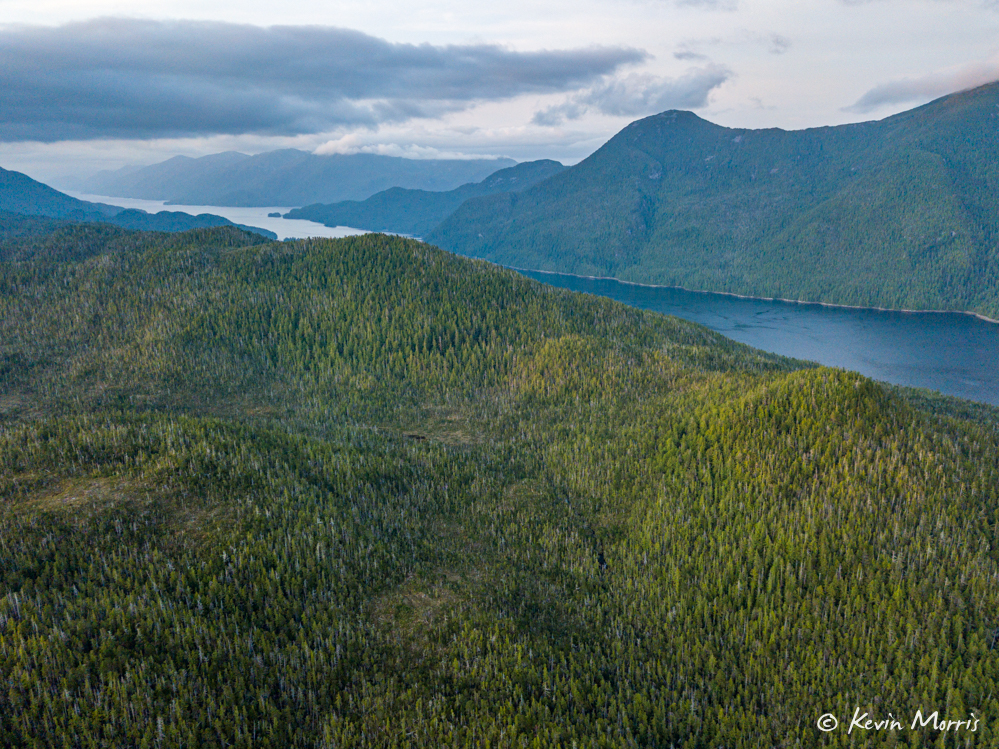
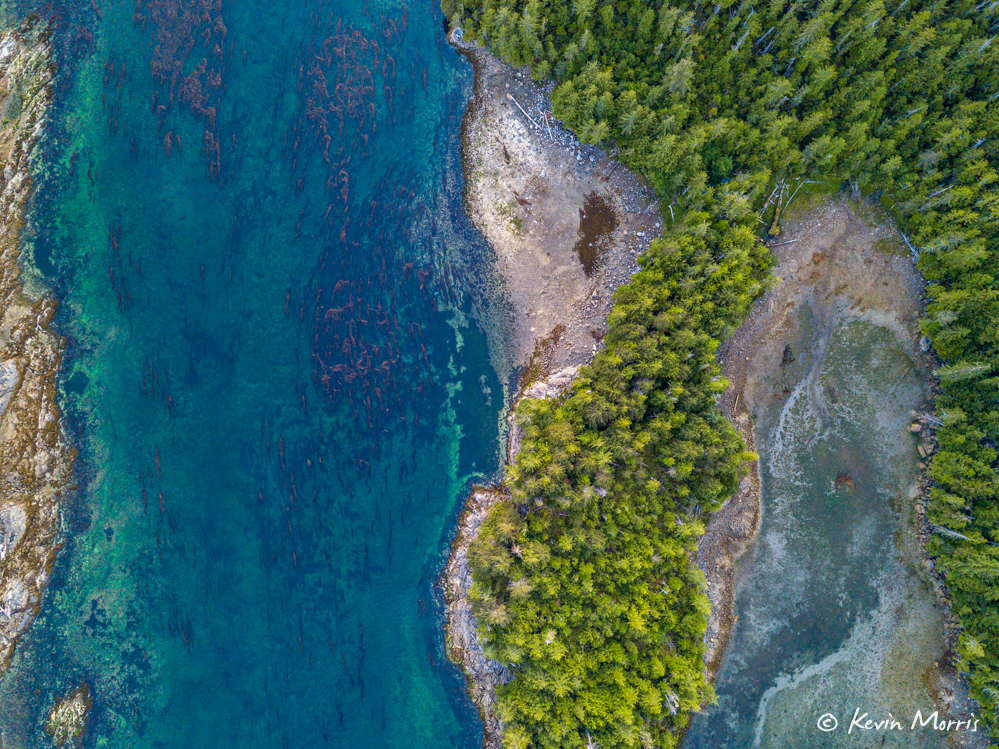
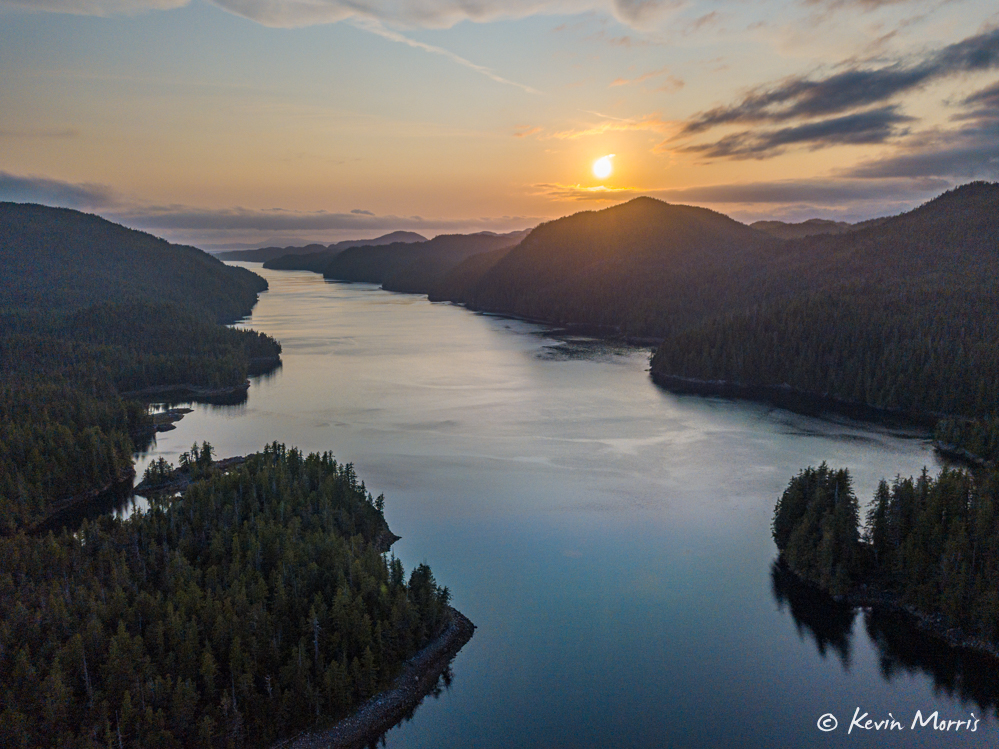
Dinner tonight on the raft: pasta, chicken marsala, asparagus, and salad.
